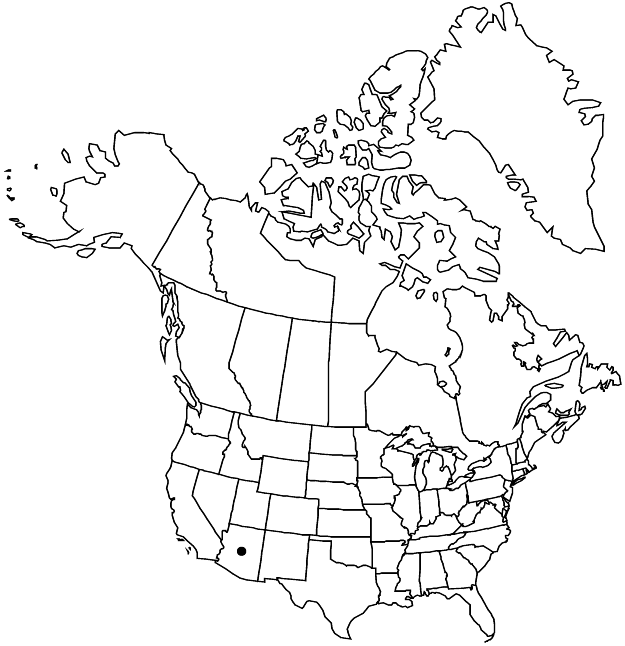Difference between revisions of "Eriogonum ripleyi"
Leafl. W. Bot. 4: 5. 1944.
FNA>Volume Importer |
FNA>Volume Importer |
||
| Line 49: | Line 49: | ||
|publication year=1944 | |publication year=1944 | ||
|special status= | |special status= | ||
| − | |source xml=https://jpend@bitbucket.org/aafc-mbb/fna-data-curation.git/src/ | + | |source xml=https://jpend@bitbucket.org/aafc-mbb/fna-data-curation.git/src/f6b125a955440c0872999024f038d74684f65921/coarse_grained_fna_xml/V5/V5_472.xml |
|subfamily=Polygonaceae subfam. Eriogonoideae | |subfamily=Polygonaceae subfam. Eriogonoideae | ||
|genus=Eriogonum | |genus=Eriogonum | ||
Revision as of 20:08, 24 September 2019
Subshrubs, sprawling to decumbent, occasionally scapose, 0.5–2.5(–4) × 0.5–5(–7) dm, grayish-tomentose. Stems decumbent to slightly spreading or erect, often with persistent leaf bases, up to 1/4 height of plant; caudex stems absent or compact; aerial flowering stems spreading to erect, slender, solid, not fistulose, 0.05–2.5(–3.5) dm, tomentose. Leaves cauline, 1 per node or fasciculate; petiole 0.05–0.15 cm, villous; blade narrowly oblanceolate, 0.2–0.6 × 0.05–0.1 cm, densely white-tomentose abaxially, thinly floccose to villous adaxially, margins revolute. Inflorescences cymose-umbellate or capitate and reduced to single involucre; branches usually dichotomous, sometimes with secondaries suppressed, occasionally absent, tomentose; bracts absent. Peduncles erect, 0.1–1.5 cm, thinly floccose. Involucres 1 per node, campanulate, 3–3.5 × 3–3.5 mm, thinly floccose or villous to subglabrous; teeth 3–5, erect, 0.7–1 mm. Flowers 3.5–4.5 mm; perianth white, glabrous; tepals connate proximal 1/5, dimorphic, those of outer whorl nearly orbiculate, 3–3.5 mm wide, those of inner whorl broadly obovate, 2–2.5 mm wide; stamens long-exserted, 4–5 mm; filaments villous to densely pilose proximally. Achenes light brown, 2–2.5 mm, glabrous.
Phenology: Flowering Mar–Jun.
Habitat: Sandy clay flats and slopes on edge of sandstone outcrops, oak-juniper woodlands
Elevation: 1000-1900 m
Discussion
Of conservation concern.
Eriogonum ripleyi is known only from two areas in Arizona, one near Frazier’s Well in Coconino County and a second in the Verdi Valley area of southeastern Yavapai and extreme northwestern Maricopa counties. The species is worthy of cultivation. Ripley’s wild buckwheat is considered a “sensitive” species in Arizona.
Selected References
None.
